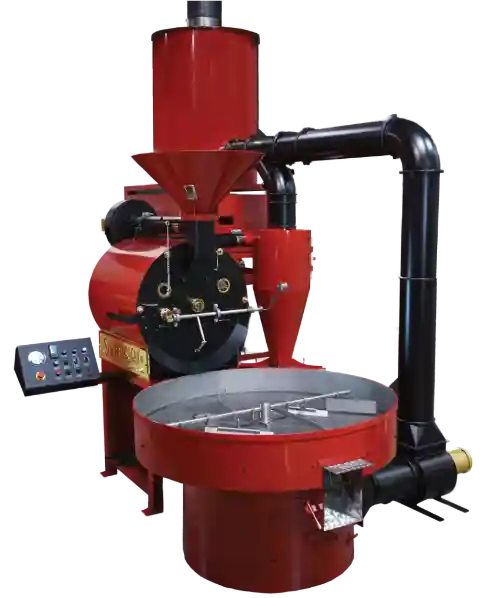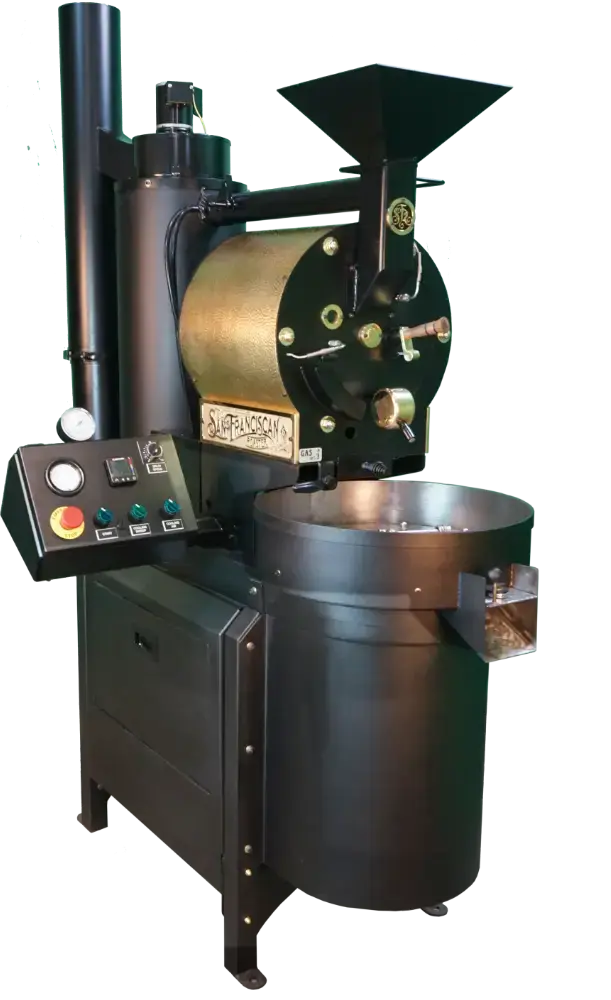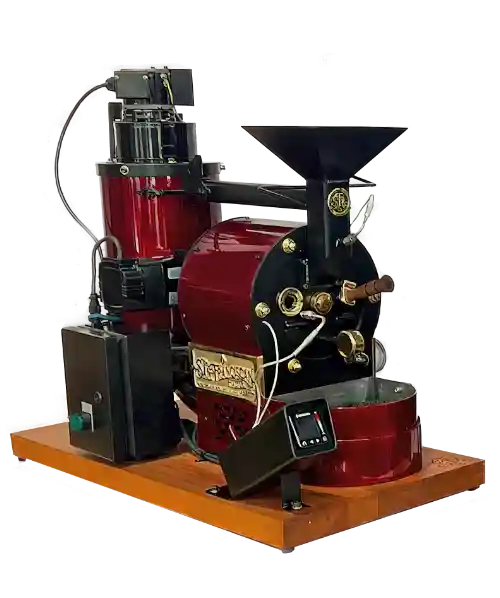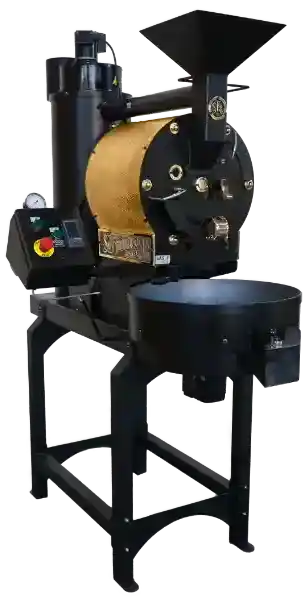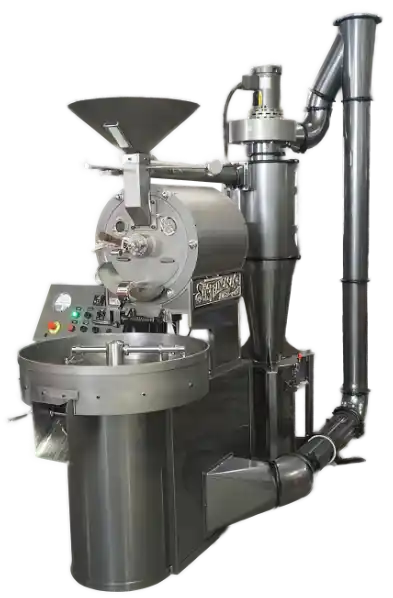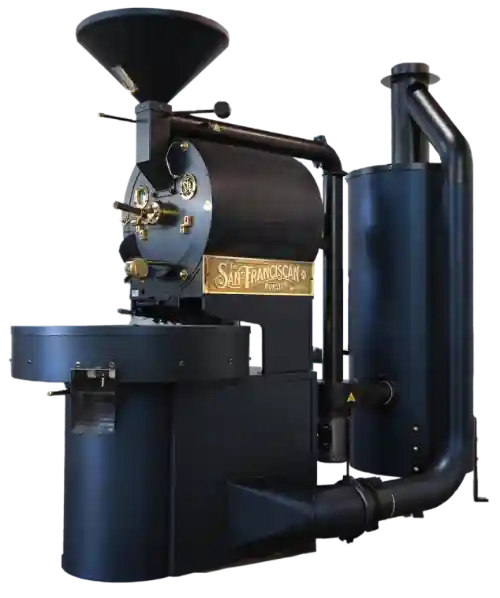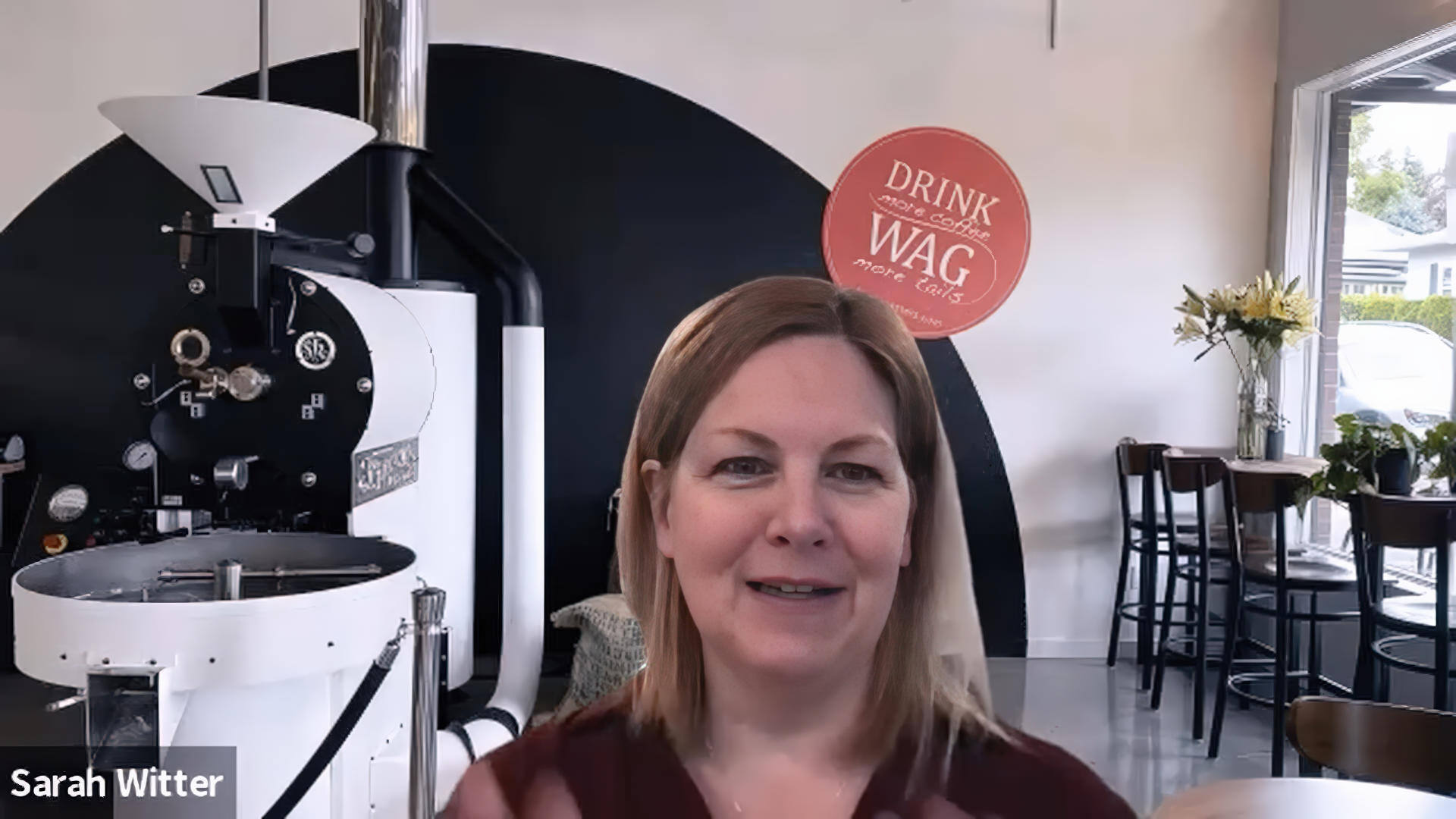The Devastating impact of False Economics on a Coffee Roasting Business
In the dimly lit confines of a neglected studio apartment, Ethan's dream began to take shape. Surrounded by half empty packets of artesian roast coffee, an array of coffee brewing equipment , and a collection of well-worn notebooks filled with scribbled roasting profiles and flavor notes, sits the future CEO of America's favorite prize-winning specialty coffee. Ethan envisions a future filled with rich, complex coffee flavors. His focus is to create a brand of specialty coffee that would stand out in the crowded market, a lasting testament to his passion and dedication.
He had meticulously planned every detail, from sourcing ethically grown beans to designing eco-friendly packaging. The centerpiece of his dream, however, was the coffee roaster—a piece of equipment that would transform raw beans into the magical elixir that had captivated him since his first sip of Ethiopian Yirgacheffe.
But as the reality of startup costs set in, Ethan faced a crucial decision. Should he splurge on a high-end, reliable roaster, or cut costs with a cheaper alternative?
The allure of saving money proved too strong. After all, the lower-priced Chinese-made roaster promised decent functionality and left room in the budget for marketing and other essentials.
Ethan convinced himself that his expertise and attention to detail would compensate for any shortcomings of the equipment. He placed the order, feeling a mix of excitement and apprehension.

The Consequences of Cutting Corners
The roaster arrived with a gleaming promise, but it didn't take long for the cracks to appear—both literal and metaphorical. The first few batches of coffee were inconsistent, some over-roasted, others underdeveloped. Ethan's discerning palate, which had once thrilled at the discovery of nuanced flavors, now tasted only disappointment.
He tweaked settings, experimented with roasting times, and even called the manufacturer for advice. But the problems persisted, each batch a painful reminder of his decision to cut corners.
Inconsistent Quality: Cheaper roasters often lack the precision and consistency of higher-quality equipment, leading to variability in roast profiles. This inconsistency can result in a subpar coffee experience for consumers, directly impacting brand reputation.
- Quality Control Issues: Inferior equipment can lead to batches of coffee that are burnt or under-roasted, deterring customers who expect a reliable product every time.
- Customer Trust: When customers experience inconsistent quality, their trust in the brand diminishes, leading to reduced customer loyalty and negative word-of-mouth.
Higher Maintenance and Downtime: Cheaper roasters tend to break down more frequently, leading to increased maintenance costs and operational downtime.
- Maintenance Costs: Frequent repairs and maintenance can quickly add up, nullifying any initial savings. The cost of spare parts and the need for specialized technicians further increase expenses.
- Operational Downtime: Equipment breakdowns can halt production, leading to missed deadlines and inability to meet market demand. This impacts revenue and customer satisfaction.
Reputation Damage: The impact of inconsistent quality and frequent breakdowns on reputation can be significant.
- Loss of Market Position: A brand known for inconsistent quality and unreliable supply can lose its competitive edge, especially in the specialty coffee market where consumers are highly discerning.
- Negative Reviews and Feedback: In the age of social media and online reviews, negative feedback can spread quickly, damaging the brand’s image and leading to a decline in new customer acquisition.
Conclusion
As Ethan's journey illustrates, the decision to invest in high-quality coffee roasters is crucial. While the initial cost may be higher, it prevents significant hidden costs associated with inconsistent quality, frequent maintenance, and reputation damage. For those like Ethan, whose dreams hinge on delivering a superior coffee experience, the lesson is clear: in the world of specialty coffee, there are no shortcuts to greatness. Investing in reliable, high-quality equipment is not just a financial decision—it is a commitment to the integrity of the brand and the satisfaction of every cup.
Take a look at coffee roasters who have established successful roasting businesses using San Franciscan Roasters

